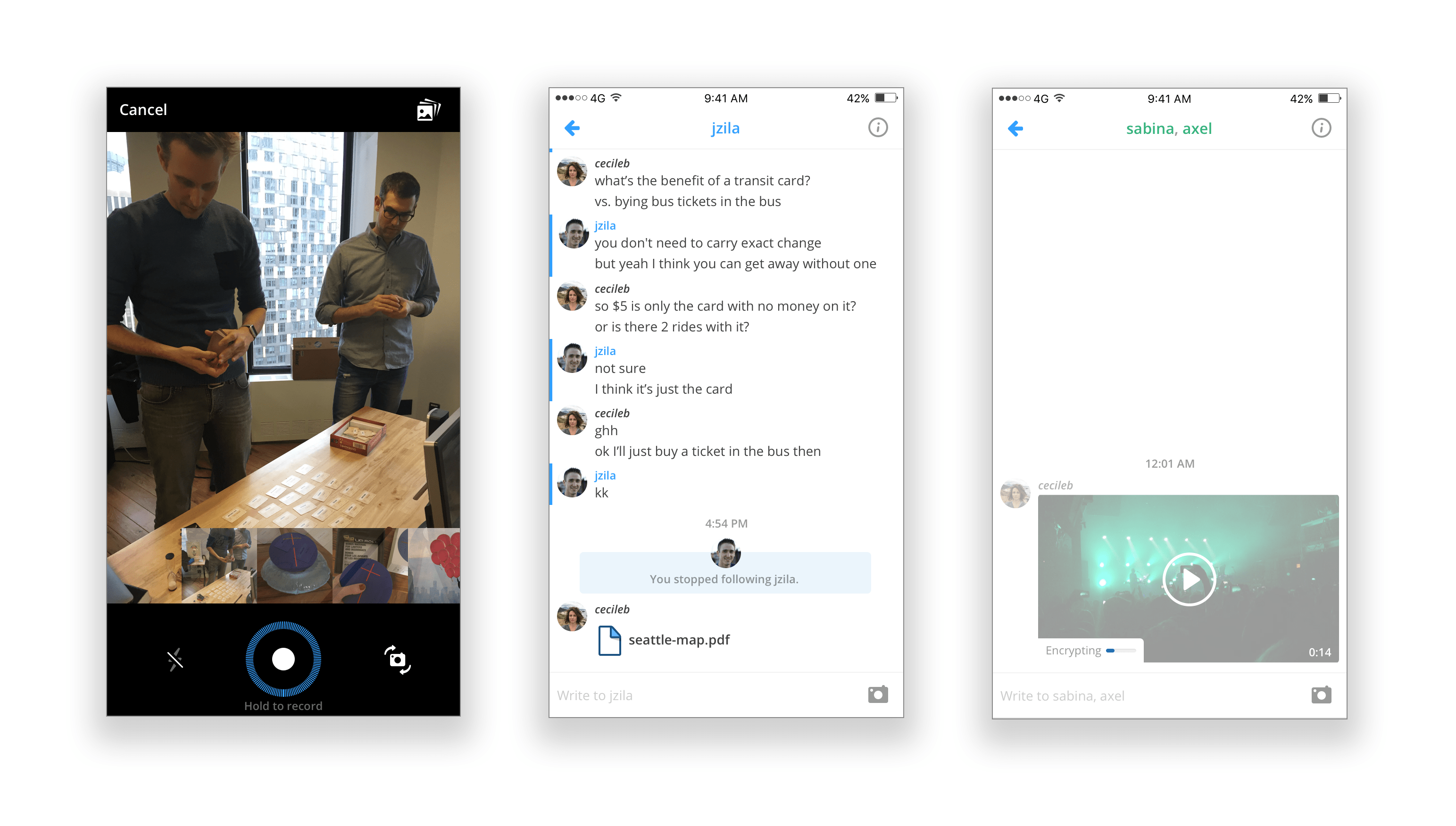

The node will shutdown with a zero exit code at that given height after committing You can achieve this by either setting the halt-height to the height at which you want your node to shutdown or by passing the -halt-height flag to gaiad. When attempting to perform routine maintenance or planning for an upcoming coordinated upgrade, it can be useful to have your validator systematically and gracefully halt.


You are looking for the bech32 encoded address in the ~/.gaia/config/priv_validator.json file. You should now see your validator in one of the Cosmos Hub explorers. Gaiad query tendermint-validator-set | grep " $(gaiad tendermint show-address )"

Your validator is active if the following command returns anything: chain-id = # Confirm Your Validator is Running When a validator is "jailed" for downtime, you must submit an Unjail transaction from the operator account in order to be able to get block proposer rewards again (depends on the zone fee distribution). In order to keep track of a validator's signatures in the past you can do so by using the signing-info command: Gaiad query staking validator # Track Validator Signing Information View the validator's information with this command: Its commission once per day and within commission-max-change-rate bounds. In other words, a validator can only change


 0 kommentar(er)
0 kommentar(er)
